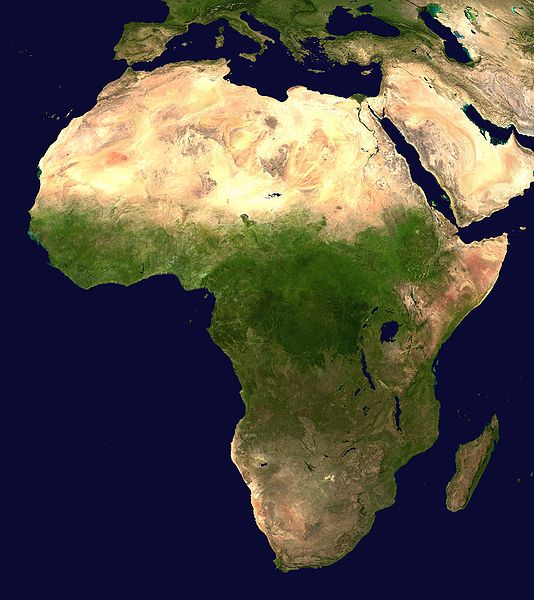
Don’t Ignore Africa: Preventing Terrorism through Local Institution Building
Terrorist organizations are shifting their bases of operation to Africa, a surprise to few experts as Africa contains 14 of the top 20 most fragile states in the world. The relocation allows them to operate with little observation by the local government, as well as hide from the international community.
In order to prevent terrorist organizations from taking advantage of these African states, local institution building could be the most important policy prescription to the issue of growing terrorism in Africa. The international community needs to take a direct interest in building strong and stable local governments.
Institution building in Africa is a controversial, long-term, and expensive affair, and, due to these factors, the focus must be on smart and objective based spending. Critics have called the institution building strategy idealistic, specifically citing Mali and Nigeria, which have become training grounds for terrorist groups through their instability and corrupt governments despite large amounts of international aid.
As a result of the ongoing instability, a different plan is needed. Instead of building institutions from the top-down (starting with the federal government and working down), the international community instead should focus on a bottom-up policy (starting with local governments first).
Local institution building is already being implemented in nations like Tanzania, Ethiopia, and Kenya. Understandably, these programs have targeted poverty reduction and economic growth, but it should be stressed that local institution building can also be used an anti-terrorism measure.
As an example, Somalia is, by any measure, a disaster of a nation. After two decades of failed institution building policies by the international community that focused on building a strong federal government, a shift occurred in policy: focusing on local actors.
As a report from the United Nations University and the World Institute for Development Economics Research shows:
“There is no question that the most durable, legitimate, and functional political authorities in the eastern Horn have emerged at the town, city, and neighborhood level… [f]rom Boroma and Hargeisa in Somaliland, to Bosaso in Puntland, to Luuq, Beled Weyn, Jowhar, and parts of Mogadishu in Somalia … some towns and neighborhoods of larger cities have been bastions of relative peace and order. Political authority in these towns has shown a capacity to emanate out into the countryside, but the interests and institutions that keep these ‘city-states’ intact in spite of weak to non-existent central governments is centered in the town itself.”
These stable ‘city states’, as well as military action by the African Union Mission in Somalia, have forced the powerful and influential Al-Shabab terrorist group to move from the rich port cities of Somalia to the countryside. Though this change in focus has not stabilized the whole of Somalia, the objective shift from top-down to bottom-up has succeeded in creating pockets of stability and limiting terrorist havens.
This will not be an end-all policy, and other African countries deserve an individually tailored plan. Mistakes will be made, as is true of the past, and no one policy will completely fix an issue as broad as terrorism on a continent. Each nation will require its own particular adjustments to policy based on culture, diversity, religion, economic capabilities, and historical norms.
However, if bottom-up institution building can work in one of the most unstable places in the world, against the primary terrorist threat in the eastern portion of the continent, it is possible that this approach could limit terrorist activity in other African nations.





